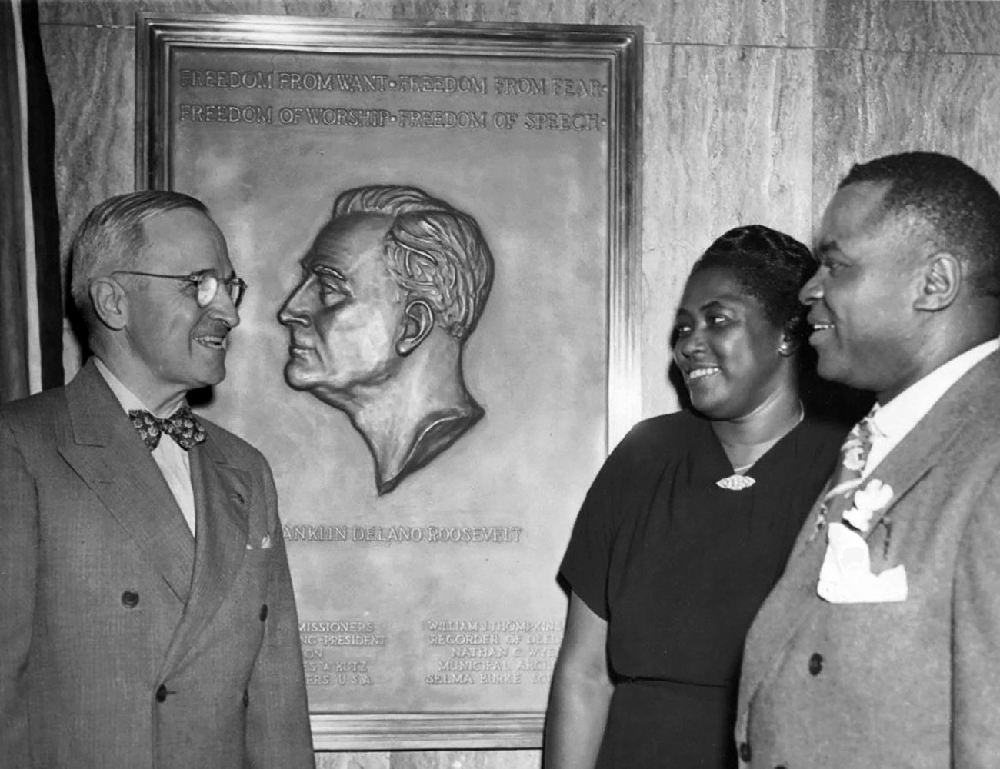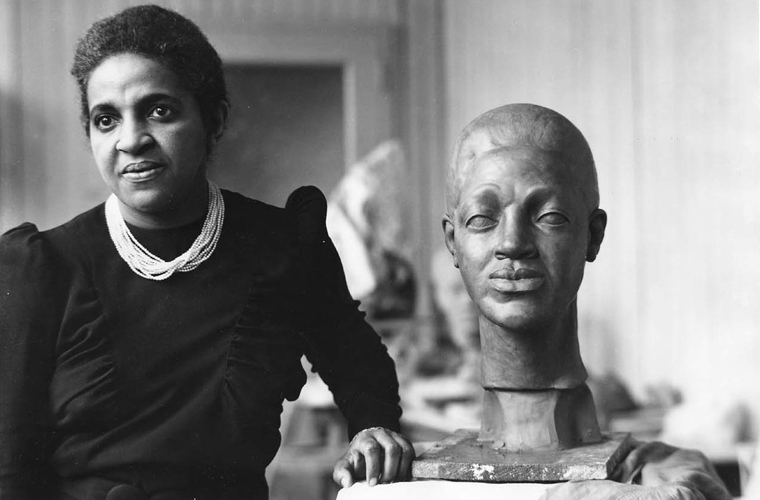Selma Hortense Burke was born on December 31, 1900, in Mooresville, North Carolina. Growing up in a racially segregated society, Burke experienced firsthand the injustices and limitations imposed on African Americans. Despite the hardships, her artistic talents began to emerge at an early age, and she found solace and purpose in creating art.
Burke’s determination led her to pursue higher education at the Winston-Salem Teachers College (currently known as Winston-Salem State University). After graduating, she moved to New York City to further her artistic aspirations, enrolling at the Women’s Art School at the Cooper Union. Here, Burke honed her skills and developed her unique artistic style, drawing inspiration from her African heritage and the human form.
Selma Hortense Burke’s talent and skill as a sculptor were undeniable, yet she faced numerous obstacles due to her race and gender. Discrimination limited her opportunities, and galleries and institutions often overlooked her work. However, Burke’s determination and passion for her craft propelled her forward, and she persisted in creating powerful sculptures that challenged the norms of the art world.
Burke’s breakthrough came in 1943 when she received a commission from the United States Treasury Department to create a portrait of President Franklin D. Roosevelt. Her bust of Roosevelt, known as the “Roosevelt Dime,” became the model for the profile on the ten-cent coin in circulation today. This achievement marked a significant milestone for African American artists and helped pave the way for future generations. Beyond her artistic endeavors, Selma Hortense Burke was deeply involved in the civil rights movement. She actively fought against racial discrimination and inequality, using her platform as an artist to challenge societal norms and promote justice.

Burke played a pivotal role in organizing fundraisers and events to support civil rights causes. She used her sculptures as a means of raising awareness and funds for organizations such as the National Urban League and the NAACP, which were at the forefront of the fight for equality. Selma Hortense Burke’s contributions to the art world and the civil rights movement have left an enduring legacy. Her sculptures, characterized by their strong yet graceful depictions of the human form, continue to captivate audiences and inspire aspiring artists.
Despite the challenges she faced during her lifetime, Burke’s work has garnered recognition and acclaim posthumously. Her sculptures are showcased in numerous museums, including the Smithsonian National Portrait Gallery and the Metropolitan Museum of Art. Selma Hortense Burke’s journey as an artist and activist serves as a testament to her resilience, determination, and unwavering commitment to social justice. Her ability to transcend societal barriers and create art of profound beauty and meaning has left an indelible mark on American art history. Through her sculptures and activism, Burke challenged the status quo and paved the way for future generations of artists and civil rights activists. Today, her legacy serves as a reminder of the power of art to drive change and inspire progress.
That’s right. The image of former President Franklin D. Roosevelt you see on the common American dime was adapted from a sculpture commissioned by African-American sculptor, Selma Hortense Burke.

